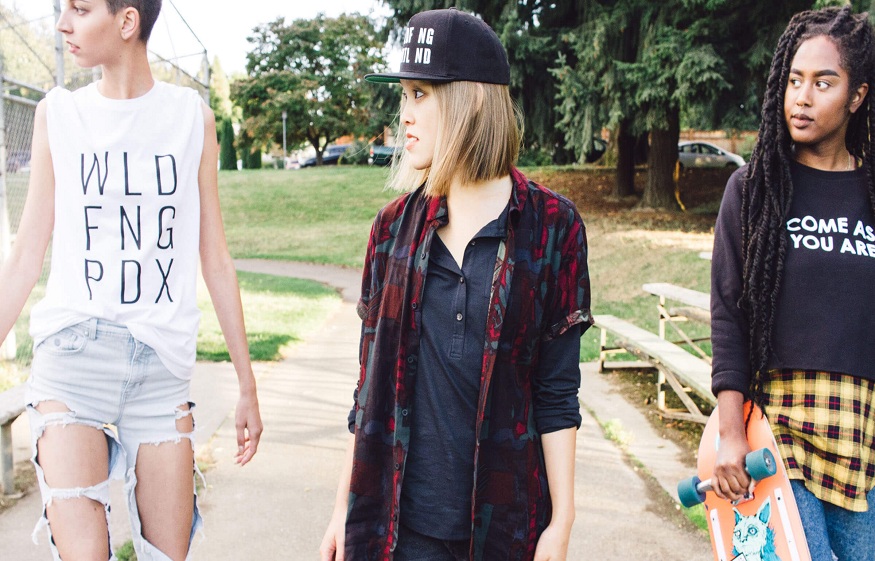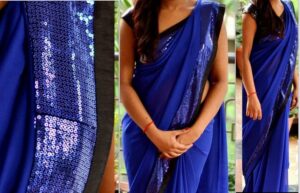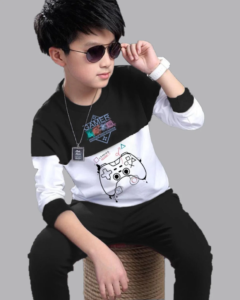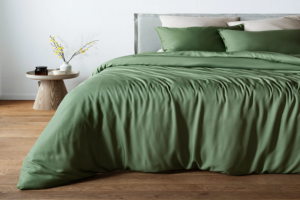fashion and feminism: friend or foe.?
6 min read
The dress, the story of a liberation
History of the dress.14th century in France, a dark time of famine and war during which fashion was just a bourgeois thing. Coquetry touches all genders and besides, on the make-up side, it is men who are the most addicted! Corsets, petticoats, underwires, fabrics that cover the feet… As for the women, they encase themselves in frilly outfits and are forced into an immobile beauty. Aesthetic codes that evolve for the worse according to the testimony of the surgeon Ambroise Paré who, two centuries later, recounts the autopsy of a court lady. Because fashion had a slender and well-shaped body, it “ had itself tightened so that I found the false ribs (the floating ribs, editor’s note)overlapping one on top of the other which caused her stomach being squeezed not to expand to hold the meat, and after eating and drinking she was forced to throw it away, and the body not being nourished became lean. »
The male short coat is opposed to the female long coat. It’s the imperceptible difference between the man confronted with work and the woman confronted with the decor, one towards aesthetics, the other towards functionality.
GEORGES VIGARELLO, HISTORIAN
The Age of Enlightenment, without bringing any real respite to female bodies, offered extravagance to style. During the Regency of Philippe d’Orléans, ladies wanted to be more desirable and the “basket dress” made its appearance.
Basket dress
If the whalebone corset still imprisons the waist, the baskets bring volume to the hips and above all, reveal the feet (something unthinkable before this time). Moreover, the Encyclopédie of 1765 reveals in its definition the scandal that this outfit caused at the start:
Basket, (Fashion): This garment scandalized in the beginnings: the ministers of the Church looked at it like an encouragement with the debauchery, by the facility which one had by means of this adjustment, to conceal the consequences of them . They preached a lot; we let them say it, we carried baskets, and in the end they let it happen.
Mores are therefore becoming more flexible, but this basket dress remains a means of imposing standards on the silhouette of women… Some baskets are so wide, resembling giant bat wings sprouting from these ladies’ pelvises, that they can use them as armrests! Unfortunately, it was the only comfort this cumbersome dress offered that made it difficult to move.
1789, the Revolution also takes place in our wardrobes
Four centuries later, the Revolution marks a turning point in the history of women’s emancipation, notably with the Women’s March on Versailles in October 1789. Women realize that they can assert their opinions and (re)take power of their body, of their life… And of their wardrobe! Under the regime of the National Convention – which governed France between 1792 and 1795 and was at the origin of the First Republic – it was decreed that “no person of either sex may compel any citizen or citizen to dress in a particular way. The women, who have already adopted more fluid dresses, therefore decide to appropriate the pants. George Sand makes it her signature dress,
In fact, in November 1800, a brake on female emancipation / the prefect of police of Paris issued a decree – moreover still not repealed – which announced that “any woman wishing to dress as a man must present herself to the Prefecture of Police to obtain authorization”. Only a medical reason then justified that a woman cross-dresses, because it is what one thought at the time of these “bad girls” who forsook the dresses and skirts. Clémentine Delait, the famous “bearded fairy of Thaon-les-Vosges”, was the exception that proves the rule. She claimed that “abundant body hair is assumed would not be the prerogative of males” and, because she had a gab and a big heart, she became a local celebrity. She was allowed to wear trousers.
In 1892 and 1909 the rules were relaxed a bit: trousers became unisex, but only for cycling or horse riding. The small seed is planted… From this seed, one hundred years later, will be born the movement of the Suffragettes.
Suffragettes: demonstration for women’s right to vote in France
The 19th century also saw the birth of Haute Couture, when the Franco-British designer Charles Frederick Worth organized the first fashion show in history. Around 1920, Coco Chanel took over the soft jersey sets formerly used as underwear: the bodies were freed and anger rumbled. In an article of the time written by former soldiers, one can read: “Is it possible that a woman, to yield to fashion, agrees to make herself ugly in this way? What does it matter… The female wage earner emerges at the same time as their sartorial emancipation accelerates and forty-five years later, the production of trousers which have finally become feminine, for the first time exceeds that of skirts.
Fashion and politics, linked destinies
In 1960, the Londoner Mary Quant created the mini skirt to “enable women to run after a bus”. The success is immediate. The latter was presented in France by the fashion designer André Courrèges where she immediately made people talk about her: in 1964, the presenter Noële Noblecourt was fired from the ORTF (The French Broadcasting and Television Office) for showing her knees at the television. Four years later, in the wake of the American and British Women’s Lib , the Women’s Liberation Movement (MLF) was born. Feminism in France becomes officially political.
Because fashion is a sign of identity, movements and communities have decided to use it to stand out: goths, punks, hippies… They carry their political demands and their values on them like banners. Today we find these same banners in certain Fashion Shows and in certain stores through the decorations, the choices of the models or the clothes themselves. For Fashion Week 2020 in Paris, Balenciaga floods the first three rows of its show, floods the catwalk and sends apocalyptic images onto the projector; the message is clear: the Earth is in bad shape! In 2018 at New York Fashion Week, Italian designer Marco Morante (from Marco Marco) decided to show only transgender models to present his new collection.
International Women’s Day is a perfect example of this trend of “washing feminism”. An important date for which clothing sites, jewelry, supermarkets and various companies that do not care about the cause the rest of the year suddenly offer enticing promotions to celebrate “Women’s Day”. What to tear your hair out…
What about political figures?
Fashion and politics is therefore a lasting story, fashion and feminism remains an ongoing debate… But what about political figures? We often see that when a politician goes on stage, goes on television, appears in public, her dress seems to matter more than her ideas. The web does not hesitate to give its opinion (which no one has yet asked it) on the outfits of the First Ladies , ministers, presidents etc. This is how in 2018, at the heart of the Benala affair, Minister Marlène Schiappa was on MTV and shocked Internet users by… her cleavage; or that in 2012 Cécile Duflot was whistled by the deputies in the middle of the National Assembly because… of her flowery dress.
While women have it tough in politics and fashion isn’t always kind to them, fashion can be, if used correctly, a wonderful tool for getting the message across. And that, Kamala Harris has understood! During Joe Biden’s inauguration last January, the American vice-president wore a purple suit designed by an African-American stylist, Christopher John Rogers.
Aware that her outfit, much more than that of the new president, would be singled out and judged, Kamala Harris decided to give the media and critics a good reason to rant about her clothes. In addition to the choice of a racialized designer, the color of her outfit made an impression: purple, in addition to being THE color of feminism, is a tribute to Shirley Chisholm, the first black woman elected to the United States Congress and fan of the color purple.






